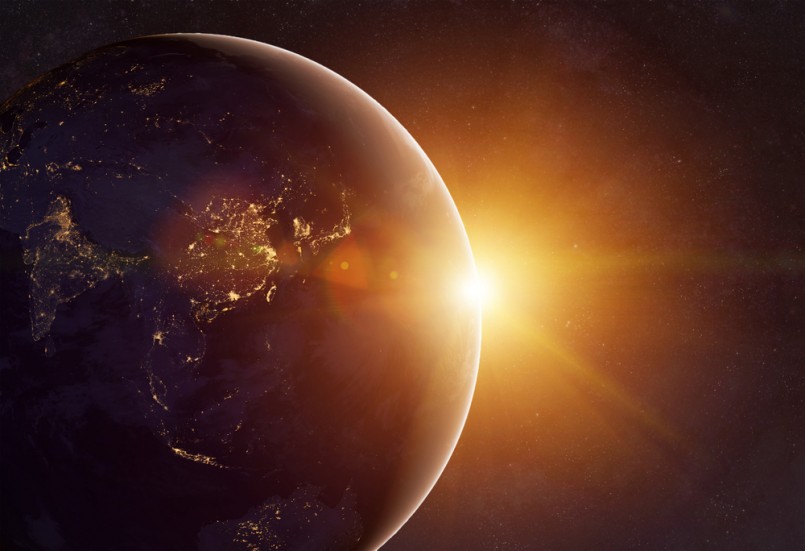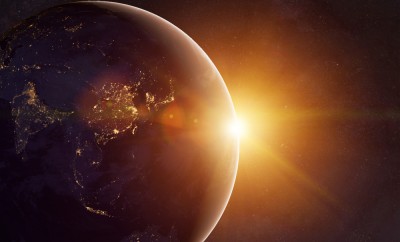Environment
Global disasters that could actually happen today

Image: Shutterstock/Skylines
At this moment in time, ominous forces are at work. Potential global disasters are inching forward into an existence that represents a doom of Biblical proportions. Here are some global disaster that could actually happen today.
It Came From Outer Space
The Chicxulub asteroid is infamous for having decimated the dinosaur population more than 66 million years ago. Asteroids of that size have the power of a billion atomic bombs. At the moment, NASA doesn’t predict any dangerous asteroids to hit Earth, but that doesn’t mean it can’t happen. Asteroids change trajectories on a regular basis. Right now, there’s an asteroid named 2013 TV135 that will come near our lonely planet in August of 2032. There’s a 1 in 63000 chance that it will hit Earth. If it does, it will be akin to being smacked by an explosion fifty times greater than the most powerful nuclear bomb. The good news is that NASA tells us that there’s a 99.998 % chance that 2013 TV135 will miss Earth.
Sunny Days Ahead
As you know, the sun is a ball of hot gas and flames. It’s constantly bursting and popping with what are called solar flares. These solar flares are completely unpredictable and seemingly random. In most cases, they are also benign as far as the inhabitants of Earth are concerned. However, NASA reports that the surface of the sun is extremely volatile. The U.S. government has always warned world leaders that catastrophic level solar flares, which could happen today, would wipe out the world’s power grids. The U.S. has already developed a plan in the event of such a disaster. With blackouts around the world, our entire Earth would fall into chaos in an instant.
3-Headed Toads
The world has already seen what can happen when nuclear power plants are impacted by natural disasters. The Fukushima Daiichi nuclear disaster resulted in catastrophic and long-reaching effects that are still being seen today. Mutations and DNA damage has been reported by Greenpeace and other agencies. Caused by a powerful earthquake and subsequent tsunami, this disaster could easily be repeated in hundreds of locations today. There are multiple nuclear power plants around the globe that are situated near oceans, including up and down the U.S. Eastern seaboard. All it would take is one or two powerful earthquakes in key places, and humankind could be looking at a permanent state of radiation sickness. Since the lessons learned from the Fukushima event, leaders around the world have begun to take steps to prevent such natural disasters from compromising the safety of nuclear power plants in the future.
Hungry Anyone?
The world’s food supply is already almost on the extinction list. Between global warming, dying fish and Monsanto’s insistence on poisoning crops with pesticides, sterilizing plants and privatizing seeds, it won’t be long until the Earth’s population is drastically reduced due to starvation and malnutrition. When the few remaining crops are decimated from a secondary disaster, such as extreme flooding, wildfires or an erupting super volcano like the one in Lake Toba in Indonesia that can blacken out the sun around the world for days, it will be scarce pickings for those left behind.
Though there’s nothing we can do to stop these global disasters from happening today, we can take a look at the lessons that history has taught us. People around the world, from grassroots movements to world leaders have one common goal: to protect civilization from disaster and suffering. That’s something to feel pretty positive about.





0 comments